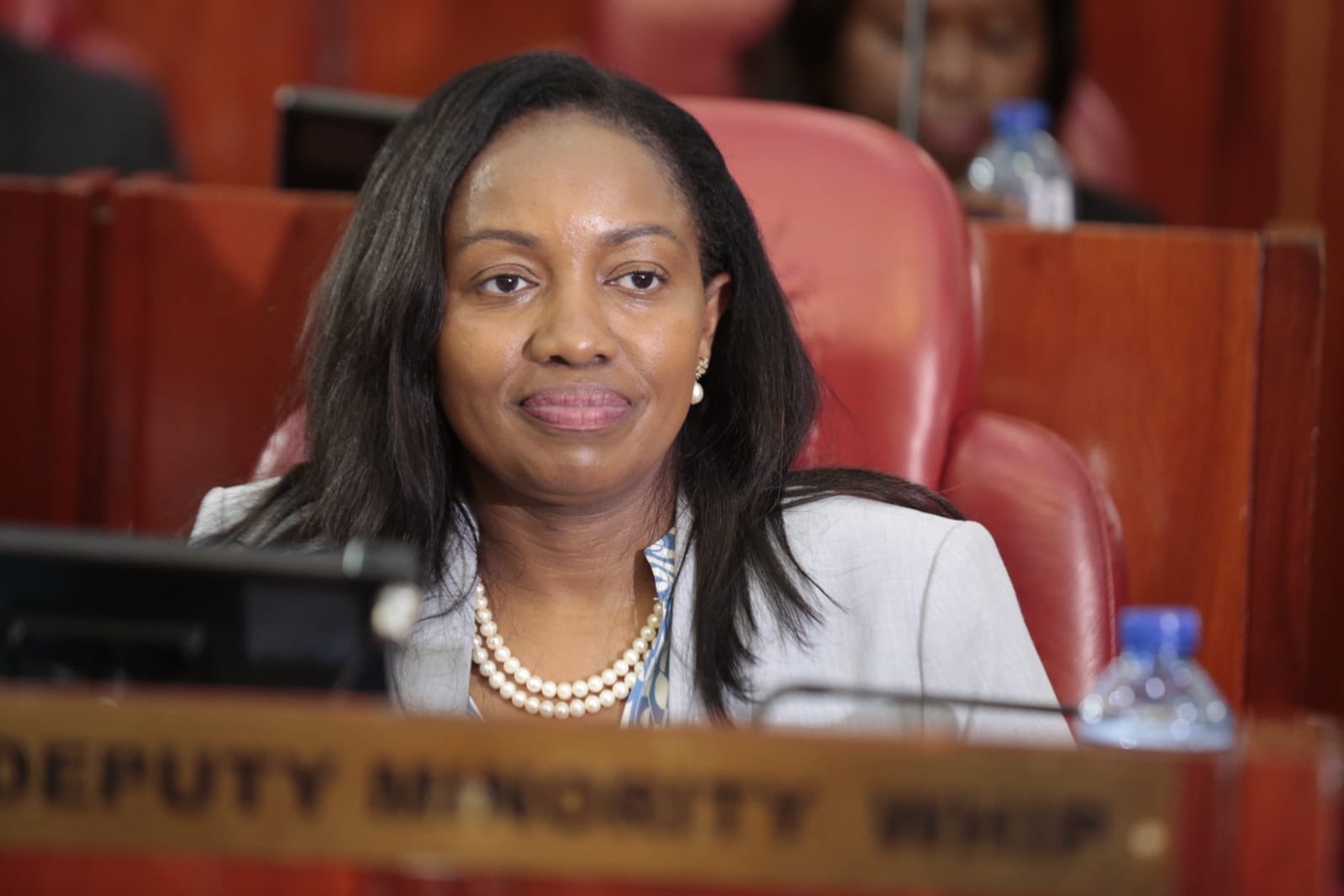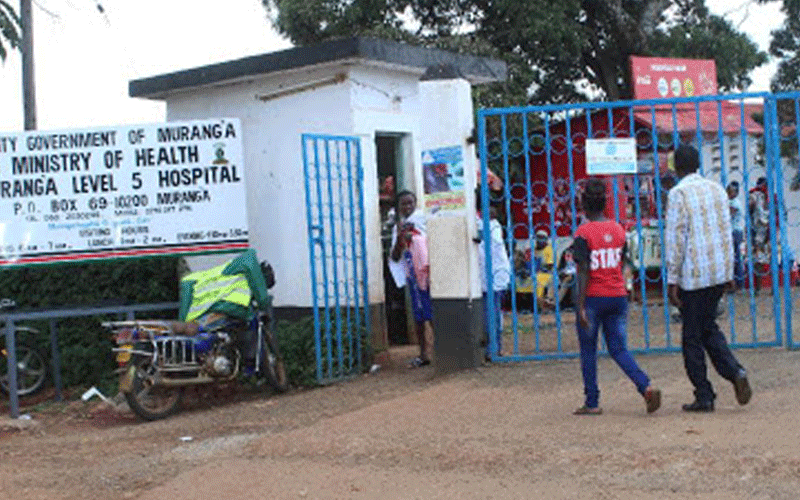Murang’a in bid to bridge gap left by donors
By Wangari Njuguna, March 12, 2020Acute shortage of blood in Central Kenya puts the lives of thousands of patients who require transfusion in danger.
Despite the efforts by various agencies to mobilise donations, the blood banks are nearly empty.
Almost on a daily basis, a patient or two admitted to the Murang’a County Referral Hospital requires blood transfusion, says James Gikera, the facility’s medical superintendent.
Gikera said there being no blood bank in the county, they rely on the Embu centre for supply.
He said the hospital has a small reserve which can only hold 120 pints. The amount is, however, a drop in the ocean compared to the huge number of patients visiting the hospital.
The situation is even dire during emergencies such as road accidents.
“We have had situations where we need blood but it is not available and we had to look for it in the private hospitals,” said Gikera.
To cope up with the shortage, they have been running donation campaigns in churches and schools.
Once collected, the blood is taken to the Embu bank for screening. He said the screening process is a challenge because it takes several days.
Gikera said equipping every hospital with a screening machine would go a long way in addressing the blood shortage problem.
Last year, the county government signed a pact with Africa Medical Research Foundation (AMREF) in a plan to mobilise blood donation in area and countrywide.
Amref is seeking to establish a database for the donors who will continuously be giving blood for collection to the centre.
The programme dubbed ‘Damu Sasa’ is aimed at ensuring blood or its components are available anytime its needed in any part of the country.
Meshack Ndirangu, Amref director in Kenya, said the programme has already been implemented at the Kenyatta National Hospital where 14,000 donors have been registered. He said they are planning to roll out the programme in other counties.
Amref, working jointly with Advanced Integrated Solution (AISL), have developed the advanced donor management system which they believe will solve the blood shortage crisis for once and for all.
AISL has established automatic messaging system that sends a reminder to the registered donors that their time to donate blood is approaching.
Ndirangu said about 70 per cent blood of donors do it only once in their lifetime.
“This system will help us remind the people when they can donate blood so that they can become constant donors,” he said.
The programme, he said, would help establish, among other things, the common blood groups required for transfusion, situations which warrant full blood or its components and the behaviour of the donor.
Matunda Nyanchama, the director AISL, said the programme has been running for two years. He said about 450,000 pints of blood are required in Kenya annually but only 185,000 pints are collected creating a deficit of 265,000 pints.
“If we are able to mobilise as many people as possible to donate blood, then we will solve the issue of blood shortage and save more lives,” said Matunda.
More Articles

